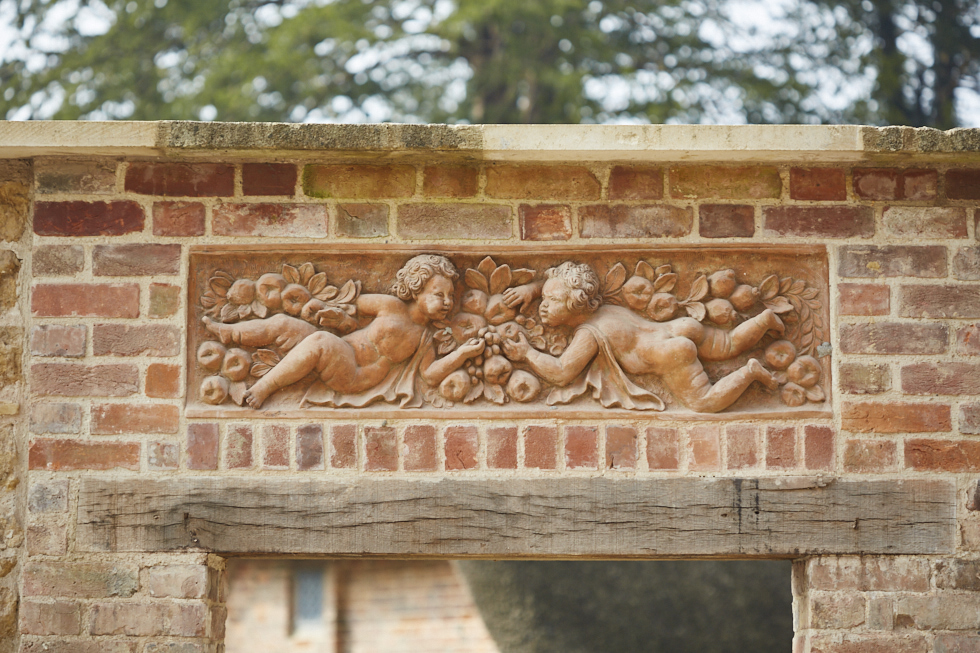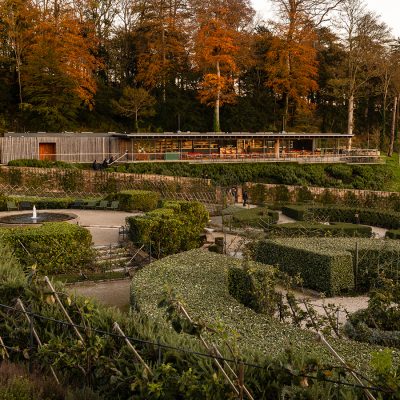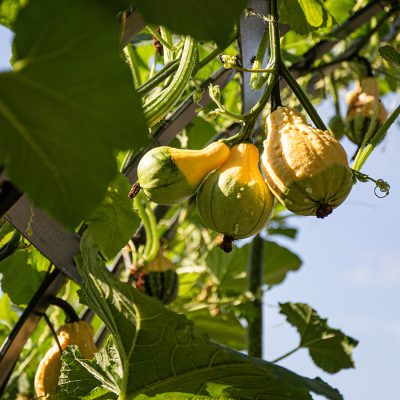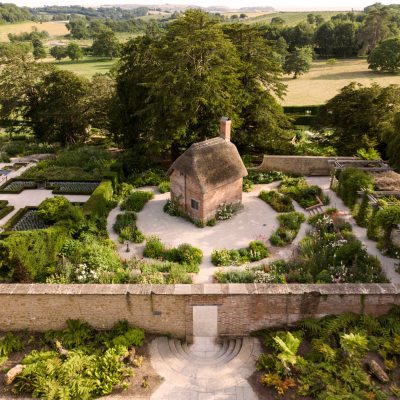OPULENT ORIGINS TO UNIVERSAL UBIQUITY: A SHORT HISTORY OF PICNICKING
June 21st, 2021
In anticipation of British summer, we’re unpacking a short history of one of our nation’s favourite pastimes: picnicking.
Eating outdoors has surely been part of human culture for millennia, but it was King Louis XIII of France (1601-1643) who took it to another level, insisting that during summer his entire court decamped from the Palace to the countryside and replicated the banquet hall al fresco. The ‘pique-nique’ (from the French verb ‘piquer’, ‘to pick’ or ‘to peck’) was born.
To complement the banquet, courtiers would wear full formal dress (no small undertaking and rather impractical in the French countryside during the height of summer) and gentlemen would indulge in falconry and a deer hunt. Ladies would counter the discomfort of the heat of the day by mounting an elaborate carousel powered by a servant turning a lever, which would cause air to flow up and around the many layers of their dresses to the tinkling music of minstrels.
Anne of Austria, Louis XIII’s wife, had a special carousel designed with an organ in the centre powered by cog work – if the servant turned the lever too quickly the tune would be too trill, and if too slowly, the groan from the organ would signal the need to change the servant for a fresh one.
Britain’s Stuart monarchs adopted the fashion during the Restoration in 1660 (Charles II having spent his formative years in the French Court). The English Court’s picnicking practice was no less opulent than that of the King’s French cousins’ and gained a reputation for indulgent excess.
The French Revolution brought more courtly picnickers to Georgian Britain, mostly London. Often short of funds, they maintained their old frippery by hosting lavish indoor picnics with music, dancing and plays. These fashionable pleasure parties were taken outdoors to feast on meat pies, garden pickles, exotic fruits and spiced sponges.
The Industrial Revolution caused major societal changes, with England’s population tripling between 1750-1850 and half the nation living in cities. The Romantic movement was the antithesis to this, heightening sensibilities around the great outdoors. English lyricists such as Wordsworth and Austen, and French painters such as Renoir and Monet, captured the mood in the cultural mindset.
Before long, the middle classes took up picnicking in a more genteel and innocent manner, in line with the idealisation of the countryside. From this point, picnics became part of the fabric – or blanket, if you will – of British life. A far cry from their previous extravagance, they held a comparatively restrained sophistication – described perfectly in Ratty and Mole’s picnic:
“There he got out the luncheon-basket and packed a simple meal…a yard of long French bread, a sausage out of which the garlic sang, some cheese which lay down and cried, and a long-necked straw-covered flask wherein lay bottled sunshine shed and garnered on far Southern slopes.”
― Kenneth Grahame, The Wind in the Willows
Somerset provides the ideal backdrop for picnicking and observing not just our favourite characters from The Wind in the Willows, but the plants, animals and fungi that make up our landscape.




